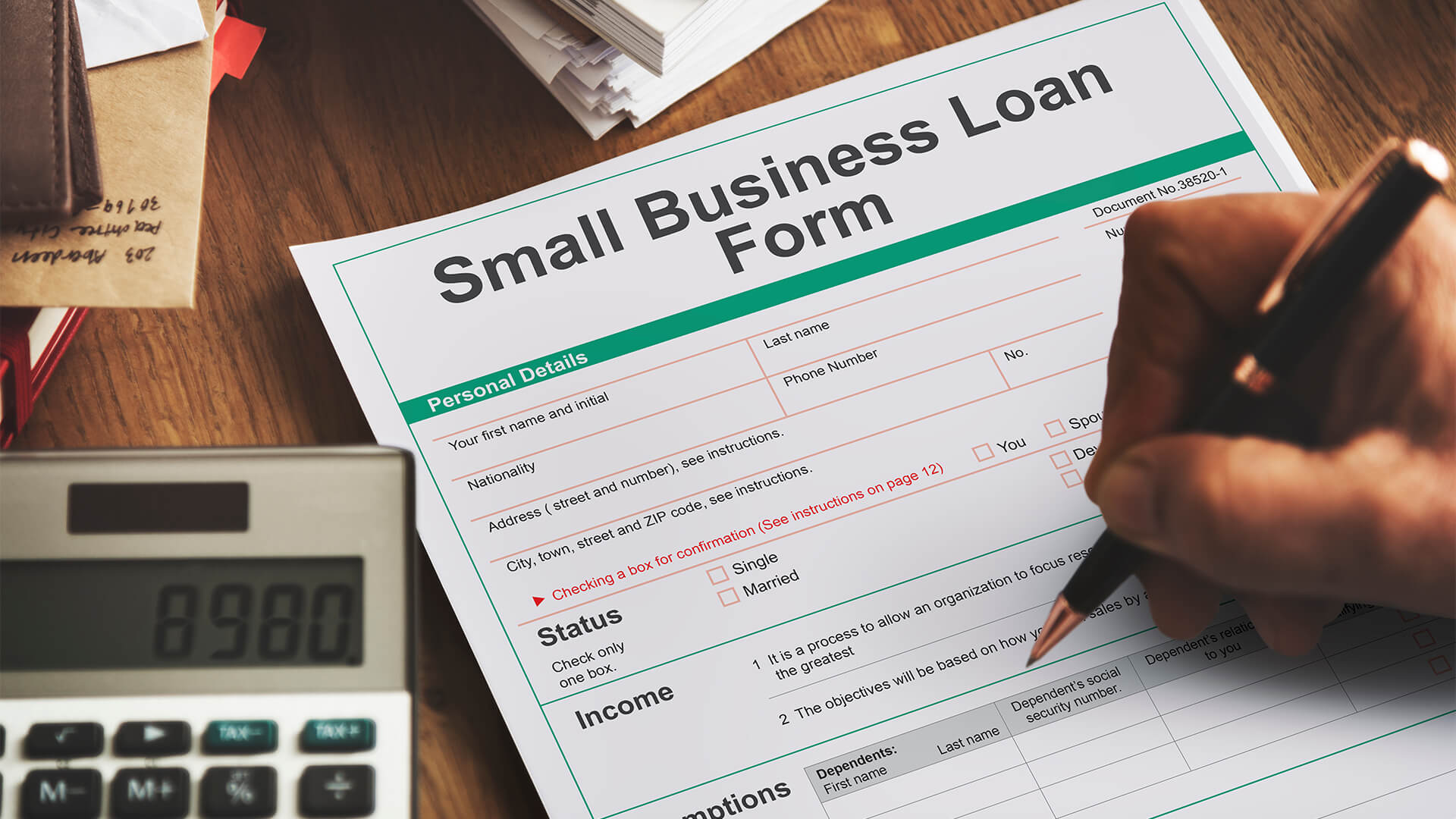As the successful vaccination and booster rollout continues in the UK and with restrictions subsiding, you would be forgiven for thinking that the UK has returned to some semblance of normality. Whilst this may be the case in many sectors, a great deal of the UK’s small and medium-sized enterprises (SMEs) are living off an ever-increasing debt burden, with company borrowing to survive the pandemic reaching just over £80 billion as of 25 October 2021.
By Douglas Grant, Managing Director of Conister, CEO at Manx Financial Group PLC
As the successful vaccination and booster rollout continues in the UK and with restrictions subsiding, you would be forgiven for thinking that the UK has returned to some semblance of normality. Whilst this may be the case in many sectors, a great deal of the UK’s small and medium-sized enterprises (SMEs) are living off an ever-increasing debt burden, with company borrowing to survive the pandemic reaching just over £80 billion as of 25 October 2021.
At the height of the pandemic, many businesses were forced to pause trading and the government justifiably intervened with four key loan schemes to provide funding through the British Business Bank. The Bounce Back Loan Scheme (BBLS), Coronavirus Business Interruption Loan Scheme (CBILS), Coronavirus Large Business Interruption Loan Scheme (CLBILS) and the Recovery Loan Scheme (RLS) were introduced sequentially to support businesses with limited capital buffers facing crippling liquidity pressures due to pandemic-induced uncertainty.
These emergency loan schemes have leveraged SMEs to the sum of £47.36bn, £26.39bn, £5.56bn and £1.06bn respectively, with almost two million government backed loans having been approved. Whilst these emergency loan schemes have provided a fundamental lifeline to many businesses, playing an instrumental role in keeping many resilient SMEs alive during the pandemic, now must be the time to scale them back.
Why now?
Small businesses entered 2022 battling strong headwinds. The rising costs of goods and utilities, coupled with a tightening of the labour market, subsequent wage inflation and continued supply chain issues resulted in an unprecedented demand for working capital. Subsequently, companies sought to remedy these issues using emergency loan schemes. As a result, the UK SME debt burden has reached an all-time high and the number of weak zombie-like businesses surviving only to reduce their debt piles has exploded.
Combine this with the Bank of England’s recent decision to increase interest rates from 0.25% to 0.5% and the situation is only looking to worsen unless this debt bubble is popped. Lenders must stop indiscriminate lending and begin to differentiate between ‘good loans’ and ‘bad loans;’ those companies that are nimble and resilient, and those that are likely to fall off a loan default cliff.
This is the only way to break the cycle and to stop compounding the debt issues the UK faces. Resilient companies would be well-advised to take stock of their current capital structure and if appropriate, access fixed term, fixed rate loans to prevent additional exposure to an increasingly volatile lending market. Those companies that are agile enough to remove themselves from government support schemes will enter the post-pandemic era with an even more resilient and healthy workforce and will become an intrinsic part of our economy’s regeneration. Our economy simply cannot go on with a ballooning pile of debt-ridden businesses which will impact on all our pockets.
Agile companies have a very important part to play in aiding the UK’s economy to flourish, and as we move into the post-pandemic phase, identifying, prioritising, and protecting the most resilient businesses and sectors should be the priority, whilst acknowledging that many companies are beyond the survival stage. Continuing to leverage SMEs crippled by debt with further loans is only delaying the inevitable, risking taxpayer’s money and dampening the hopes of a rapid economic resurgence.
The question is how do you identify the companies that have this requisite robustness? There are five key indicators of a company’s robustness:
- The company’s operating location – how stable is the business in which the business operates or plans to operate within? How much interference is there from the government? How has the market performed economically in the past?
- The longevity of the market – analysing the future sustainability of any sector using trade body content, relevant market associations’ publications, government generated statistics and relevant press cuttings.
- The sector’s competitiveness – carrying out thorough research on the competitive landscape and determining whether it is overly congested or dominated by a small number of brands.
- Barriers to entry – Look to see how the business can enter the market. It is vital to see how the business plans to enter or has entered a market to gauge its potential long-term resilience.
- The business’s USPs – examine the core competencies of a business and how they differ from that of their peers.
Using these indicators, a lender can successfully assess which companies would benefit from additional loans and those that would not. It is only through this selective leveraging that our nation’s SMEs can not only survive but thrive going forward.






